NASA's Juno spacecraft to make closest flyby of Jupiter's volcanic moon, Io
Juno’s upcoming flyby will be the closest to date, with the spacecraft reaching an altitude as low as 22,060 miles (35,500 kilometres) above Io.
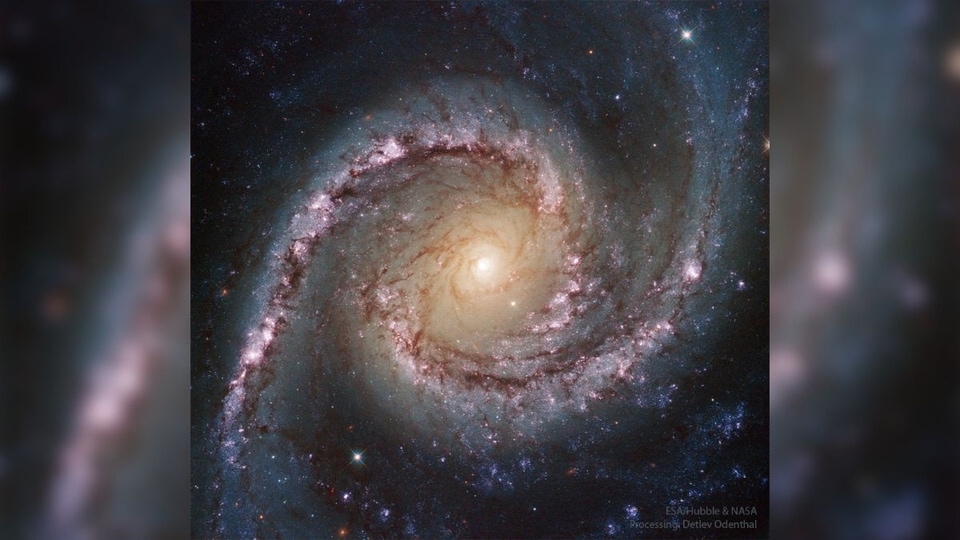
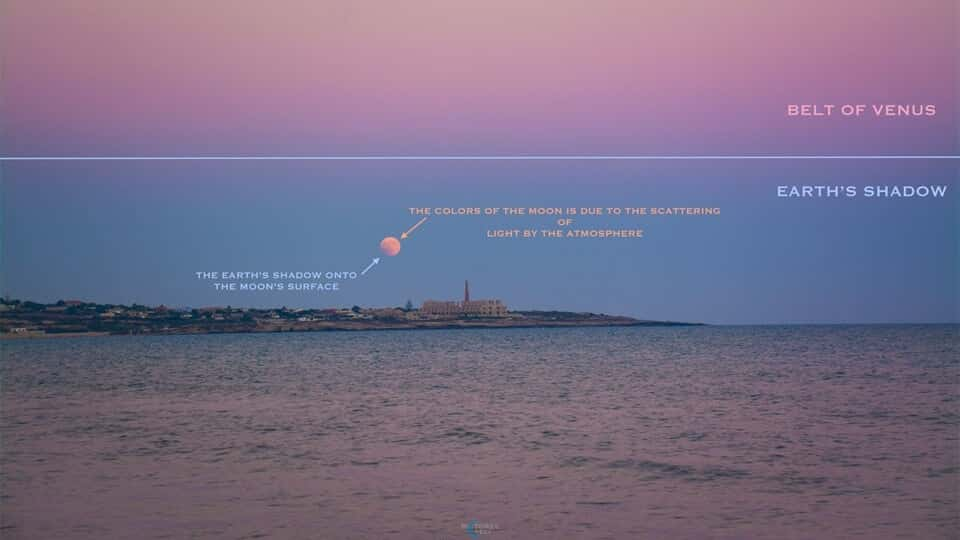

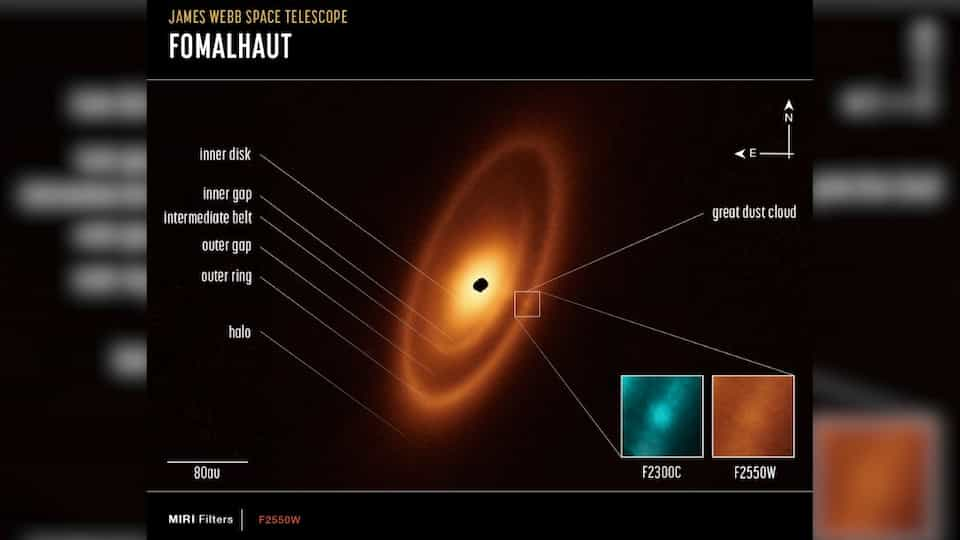
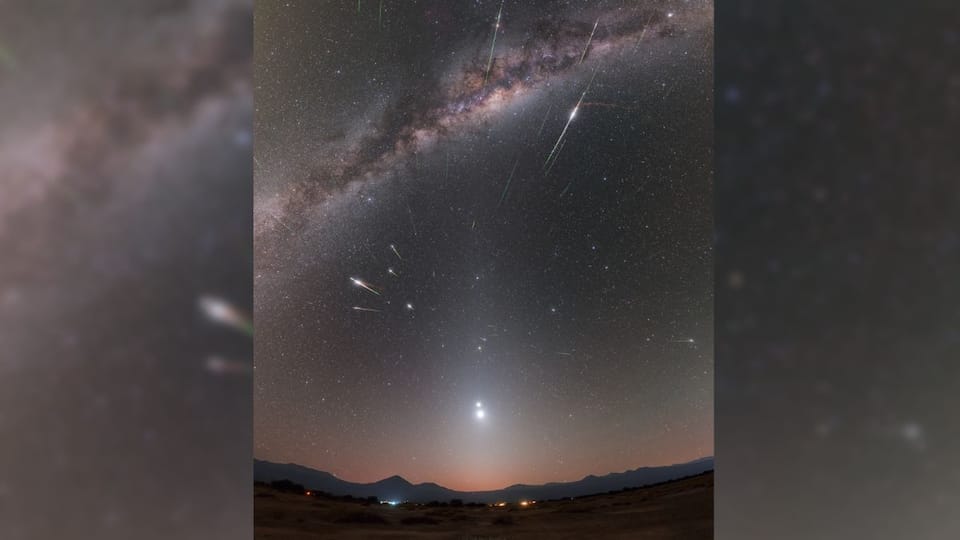
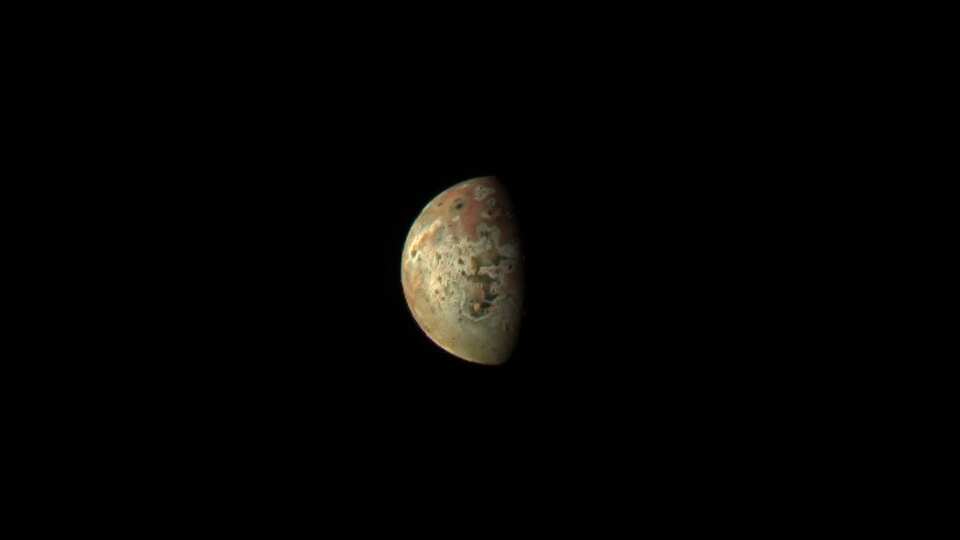
 View all Images
View all ImagesNASA's Juno spacecraft is set to fly by Jupiter's volcanic moon Io followed by a close encounter with the gas giant itself. This upcoming flyby will be the closest to date, with Juno reaching an altitude of approximately 22,060 miles (35,500 kilometres) above Io. The mission, now in its third year of an extended investigation into Jupiter's interior, will also investigate the ring system that houses some of the gas giant's inner moons.
Juno has already completed 50 flybys of Jupiter and has collected valuable data during its close encounters with three of the four Galilean moons: Europa, Ganymede, and Io. Among these moons, Io stands out as the most volcanic celestial body in our solar system. Observing Io over multiple passes allows scientists to monitor the variations in its volcanoes, such as eruption frequency, brightness, temperature, grouping, and changes in lava flow patterns.
Io, slightly larger than Earth's moon, experiences continuous gravitational forces from both Jupiter and its neighbouring moons, resulting in constant stretching and squeezing. These actions contribute to the formation of the lava eruptions observed on Io's surface.
Although Juno was primarily designed to study Jupiter, its various sensors, including JunoCam (visible light imagery), JIRAM (Jovian InfraRed Auroral Mapper), SRU (Stellar Reference Unit), and MWR (Microwave Radiometer), have provided a wealth of data on Jupiter's moons. These instruments will be employed to study Io's volcanoes and the interactions between volcanic eruptions, Jupiter's powerful magnetosphere, and its auroras.
Scott Bolton, Juno's principal investigator, expressed enthusiasm for the upcoming flybys, stating, "We are entering another amazing part of Juno's mission as we get closer and closer to Io with successive orbits." The spacecraft's 51st orbit will offer the closest look yet at this intriguing moon.
Subsequent flybys in July and October will bring Juno even closer, leading up to twin encounters in December of this year and February of next year, where Juno will fly within 1,500 kilometres of Io's surface. Each flyby promises remarkable views of Io's volcanic activity, with scientists eagerly anticipating the exceptional data these missions will provide.
Catch all the Latest Tech News, Mobile News, Laptop News, Gaming news, Wearables News , How To News, also keep up with us on Whatsapp channel,Twitter, Facebook, Google News, and Instagram. For our latest videos, subscribe to our YouTube channel.


























